Market Analysis
In-depth Analysis of Antifog Additives Market Industry Landscape
The antifog additives market experiences dynamic shifts influenced by various factors ranging from industry trends to regulatory standards. Understanding these dynamics is crucial for stakeholders to navigate this competitive landscape and capitalize on emerging opportunities.
Growing Demand: The antifog additives market is witnessing increasing demand driven by the growing need for fog-free packaging in various industries. With the rise in demand for clear visibility and product presentation, especially in food packaging and eyewear industries, the demand for antifog additives is on the rise, shaping market dynamics.
Technological Advancements: Advances in antifog additive technology play a significant role in shaping market dynamics. Continuous research and development efforts lead to the introduction of innovative additives with enhanced functionalities such as improved clarity, longer-lasting antifog properties, and compatibility with different packaging materials, driving market growth and shaping industry standards.
Regulatory Compliance: Regulatory requirements regarding food safety, product labeling, and environmental impact influence market dynamics for antifog additives. Manufacturers need to ensure compliance with regulations such as FDA regulations and REACH standards to meet customer requirements and maintain market competitiveness.
End-user Industries: Market dynamics for antifog additives are influenced by the demand from end-user industries such as food packaging, eyewear, automotive, and agriculture. Trends in these industries, such as the demand for clear visibility in food packaging to enhance product presentation and the need for fog-free windows in automotive applications, drive the demand for antifog additives and shape market dynamics accordingly.
Product Innovation: Continuous product innovation is essential to meet evolving industry requirements and consumer preferences in the antifog additives market. Manufacturers invest in research and development to introduce new additives with improved functionalities such as faster antifogging properties, reduced migration, and compatibility with high-speed production processes, driving market growth and shaping industry standards.
Market Competition: The antifog additives market is competitive, with numerous players vying for market share based on factors such as product quality, performance, price, and service offerings. Manufacturers differentiate themselves through product innovation, customization, and value-added services to gain a competitive edge in the market.
Geographical Trends: Market dynamics for antifog additives vary across different regions, influenced by factors such as economic development, industrialization, and regulatory frameworks. Emerging economies witness increasing demand driven by growing consumer spending, urbanization, and industrial growth, shaping market dynamics in these regions.
Supply Chain Management: Efficient supply chain management is crucial for maintaining market competitiveness in the antifog additives industry. Timely procurement of raw materials, efficient manufacturing processes, and reliable distribution networks are essential for meeting market demand and ensuring product availability.
Consumer Trends: Changing consumer preferences for clear visibility and enhanced product presentation influence market dynamics for antifog additives. Consumers increasingly seek products that offer fog-free properties, especially in food packaging and eyewear, driving demand for additives that improve clarity and visibility.
Economic Factors: Economic factors such as inflation rates, currency fluctuations, and consumer spending patterns impact market dynamics for antifog additives. Changes in economic conditions influence demand from end-user industries, pricing strategies, and investment in research and development, shaping market dynamics accordingly.

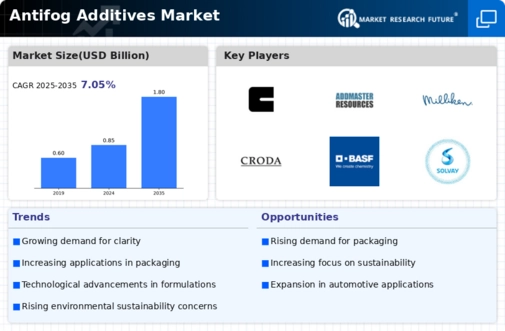
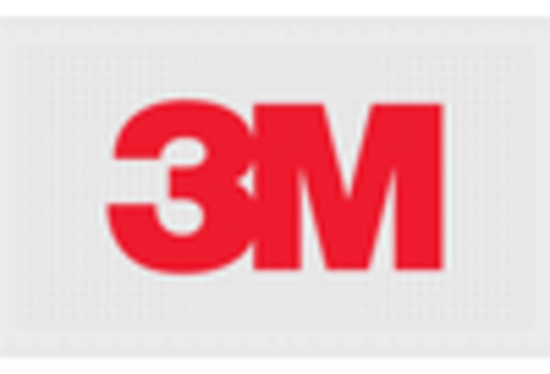

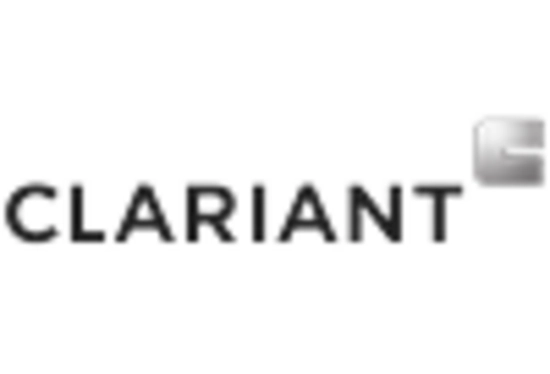
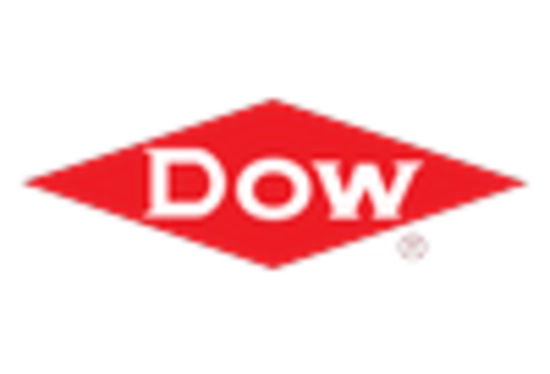
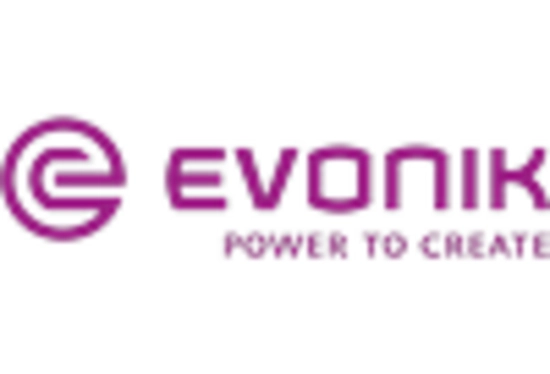
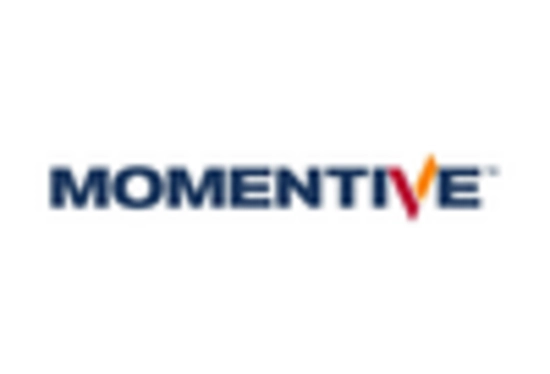









Leave a Comment